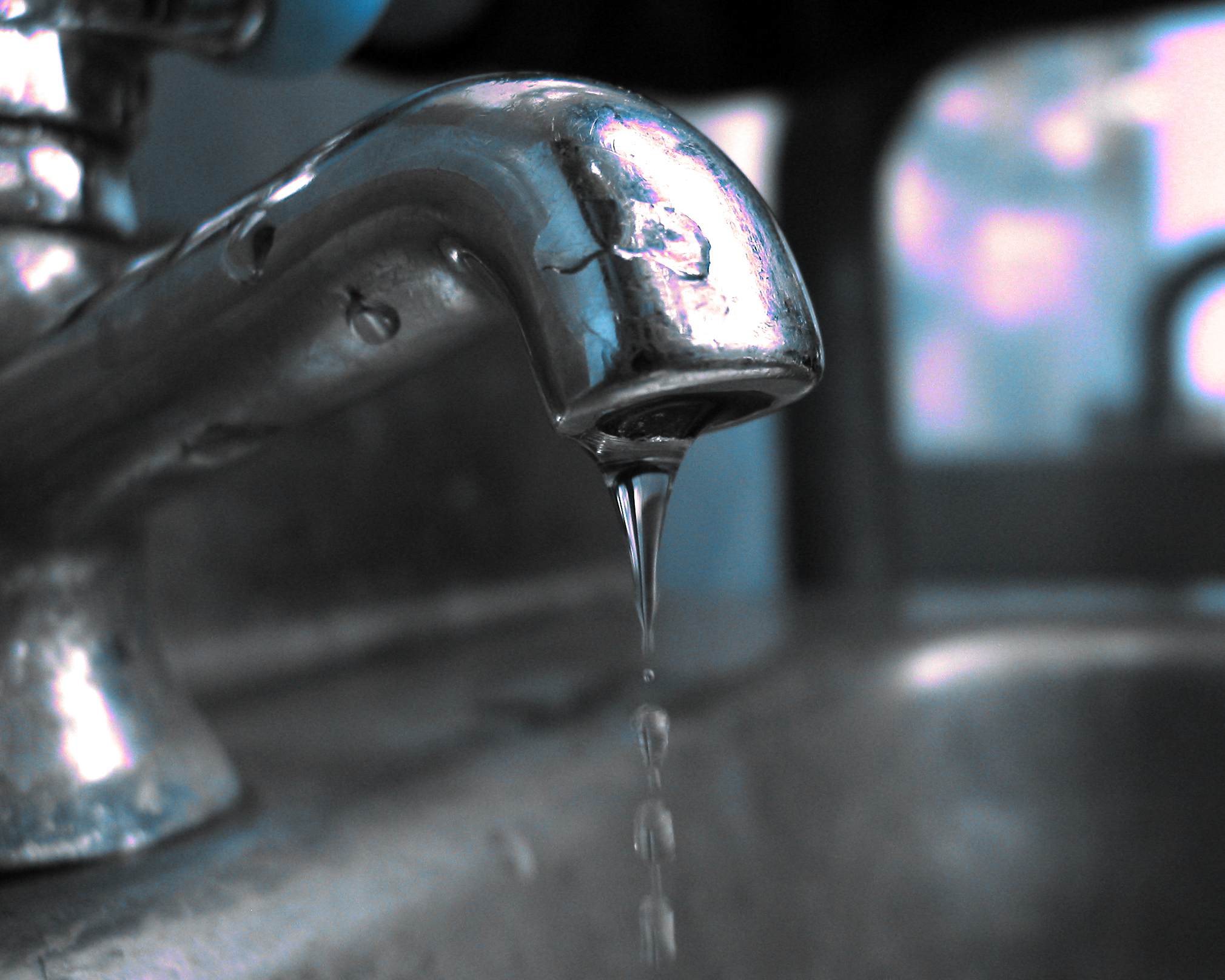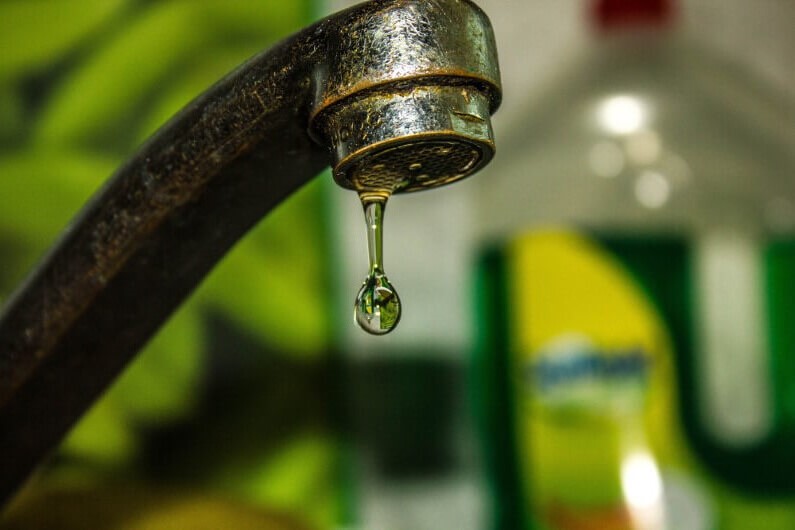How do you actually feel when it comes to How to Fix a Dripping or Leaky Faucet ?

Leaking taps might appear like a small trouble, but their influence exceeds simply the inconvenience of the sound. From wasting water to incurring unnecessary monetary expenses and wellness threats, overlooking a trickling faucet can cause different repercussions. In this short article, we'll explore why it's important to address this usual house concern immediately and successfully.
Wastage of Water
Ecological Effect
Dripping taps add considerably to water waste. According to the Epa (EPA), a single faucet leaking at one drip per second can lose more than 3,000 gallons of water each year. This not just strains water sources yet likewise influences environments and wild animals based on them.
Step-by-Step Overview to Taking Care Of a Dripping Faucet
Tools Called for
Before trying to repair a trickling tap, gather the necessary tools, consisting of a flexible wrench, screwdrivers, replacement parts (such as washers or cartridges), and plumber's tape.
Typical Tap Issues and Their Solutions
Recognize the sort of tap and the particular issue causing the drip. Common issues consist of damaged washing machines, corroded valve seats, or defective O-rings. Refer to producer directions or on the internet tutorials for step-by-step assistance on repair services.
Financial Expenses
Enhanced Water Costs
Past the environmental impact, dripping taps can blow up water expenses significantly. The built up wastefulness gradually translates into greater utility expenses, which can have been prevented with timely repairs.
Possible Home Damage
Furthermore, extended leaking can cause harm to fixtures and surface areas bordering the faucet. Water buildup can create discoloration, rust, and even architectural issues if left ignored, causing extra fixing costs.
Wellness Concerns
Mold and Mold Growth
The continuous existence of dampness from a trickling tap creates a suitable setting for mold and mildew growth. These fungi not just endanger interior air quality however additionally posture wellness threats, particularly for individuals with breathing conditions or allergies.
Waterborne Conditions
Stationary water in trickling taps can come to be a breeding place for microorganisms and various other microorganisms, boosting the danger of waterborne diseases. Contaminants such as Legionella microorganisms prosper in stagnant water, potentially leading to serious ailments when ingested or inhaled.
Do it yourself vs. Professional Fixing
Pros and Cons of Do It Yourself Repair
While some might attempt to take care of a dripping tap themselves, DIY repair services include their own set of obstacles. Without proper expertise and tools, DIY efforts can exacerbate the problem or bring about incomplete repair services, lengthening the problem.
Advantages of Employing a Specialist Plumber
Hiring a professional plumber makes sure that the underlying source of the dripping faucet is dealt with successfully. Plumbing professionals possess the expertise and equipment to diagnose and repair faucet issues effectively, conserving time and lessening the danger of more damage.
Environmental Duty
Private Contribution to Conservation
Taking obligation for dealing with leaking faucets straightens with more comprehensive initiatives towards water conservation and ecological sustainability. Every individual's activities collectively make a considerable impact on preserving priceless sources.
Sustainable Living Practices
By focusing on prompt fixings and adopting water-saving behaviors, individuals contribute to lasting living practices that benefit both existing and future generations.
Preventive Measures
Routine Upkeep Tips
To prevent leaking taps, perform routine upkeep such as cleaning aerators, checking for leakages, and changing worn-out parts without delay. Additionally, take into consideration mounting water-saving gadgets or upgrading to much more effective components.
Significance of Prompt Repairs
Attending to trickling faucets as soon as they're noticed stops more water wastage and possible damages, inevitably conserving both water and cash in the future.
Effect On Property Value
Assumption of Well-Maintained Property
Keeping a property in good condition, consisting of attending to maintenance concerns like leaking faucets, boosts its regarded value and desirability amongst prospective customers or occupants.
Influence on Resale Value
Residences with well-maintained plumbing fixtures, consisting of faucets, command greater resale worths in the realty market. Resolving dripping faucets can contribute to a favorable impact during residential or commercial property inspections and arrangements.
Conclusion
Resolving a leaking tap exceeds plain benefit; it's an essential step towards conserving water, minimizing financial expenses, and guarding health and building. Whether through DIY repairs or expert help, doing something about it to fix dripping faucets is a little yet impactful method to advertise liable stewardship of resources and contribute to a healthier, much more sustainable future.
How to Fix a Leaky Faucet: Step-by-Step Repair Guide
A leaky faucet may seem like a simple annoyance, but if it's not fixed promptly, that leak could cost hundreds to potentially thousands. From water damage to mold, mildew, and high water bills, even a tiny leak can be catastrophic if left unattended. Damage like this can even affect the overall value of your home, so it's important to take the right approach for leaky faucet repair. You may need the help of a plumber in some cases, but we've got a few tips you can try on how to fix a leaky faucet before calling the pros.
Four Faucet Types
When you're learning how to fix a leaky faucet, the first step is knowing what kind of faucet you're working with! There are four common types.
Cartridge Faucets
Cartridge faucets come in one- or two-handled varieties. In one-handled cartridge faucets, hot and cold water combines in a single cartridge. In the two-handled versions, hot and cold water are controlled separately and mixed in the faucet.
Ball Faucets
Ball faucets have a single lever you push up and down to adjust the pressure and rotate to change the temperature. A slotted metal ball controls the amount of water allowed into the spout.
Compression Washer Faucets
They're the oldest type of faucet, but they're still used in many homes — especially older ones. Compression faucets have two separate handles that, when turned, raise or lower the washer that seals a water valve. This valve stops water from flowing through the faucet when it is turned off.
Disc Faucets
Disc faucets rarely need to be repaired due to their maintenance-free design. The water flow is controlled by two discs — the upper one raises and lowers against a fixed lower disc, creating a watertight seal. If your disc faucet starts leaking, you may need to replace the seals or clean residue buildup from the inlets.
Fixing a Leaky Faucet
Step 1: Turn Off the Water
Whether you're learning how to fix a leaky bathtub faucet or how to fix a leaky kitchen faucet, always turn off the water supply to your working area when you're fixing a leak. The last thing you want is a flood added to your list of things to fix.
Look for the shutoff valves below your sink or around the tub and turn them clockwise to stop the water flow. If your faucet doesn't have shutoff valves, you may need to turn off the water for the whole house. Check to make sure it's off by turning the faucet on. If nothing comes out, you're ready to start the repair.
Step 2: Take Apart the Faucet
How you disassemble your faucet depends on the type of fixture you have. You can use a flathead screwdriver to remove the caps on top of the handle or handles for cartridge and compression faucets. Inside, you should see handle screws. Unscrew these with a screwdriver to remove the handle.
Disc- and ball-style faucets will typically have an inlet screw near the handle, and removing that will reveal the interior of the faucet.
Detach the Valve Stem
For cartridge- and compression-style faucets, you'll see the inner valve stem or cartridge once you remove the faucet handles. If you have a compression faucet, unscrew the brass valve stem. If you have a cartridge faucet, pull out the cartridge. If your cartridge has been in place for a while, it may require some tools or extra force to remove it due to mineral deposits.
Examine and Replace Parts
Once you've removed the parts, check them out to confirm what needs to be replaced. You may see corroded rubber washers, O-rings, stems, or cartridges. On a ball-style faucet, check the seats and springs for damage.
If you need to repair a leaky disc faucet, check the inlet and seals on the lower disc.
Once you determine what parts must be replaced, visit your local hardware store. Bring the damaged parts with you to ensure you can purchase the correct components to replace them.
Clean Valves and Faucet Cavity
If you've removed a stem or cartridge, you may notice mineral buildup in the faucet's threads. Use white vinegar to clean the valve seat by soaking it for a few minutes, then scrub it away with a soft toothbrush and rinse with warm water. You can also clean the interior of the faucet in the same way.
Reassemble the Faucet
Once your faucet is cleaned and the required parts have been replaced, it's time to reassemble it. Put the pieces back together and slowly turn the water supply back on. Doing this slowly is crucial because too much initial water pressure can damage the new hardware you've just installed.
https://homewarranty.firstam.com/blog/how-to-fix-leaky-faucet

I stumbled upon that piece of writing on Leaky Faucets: Why They Happen & What to Do About Them while doing a search on the web. Enjoyed our blog entry? Please quickly share it. Let other people check it out. Thanks a lot for taking the time to read it.